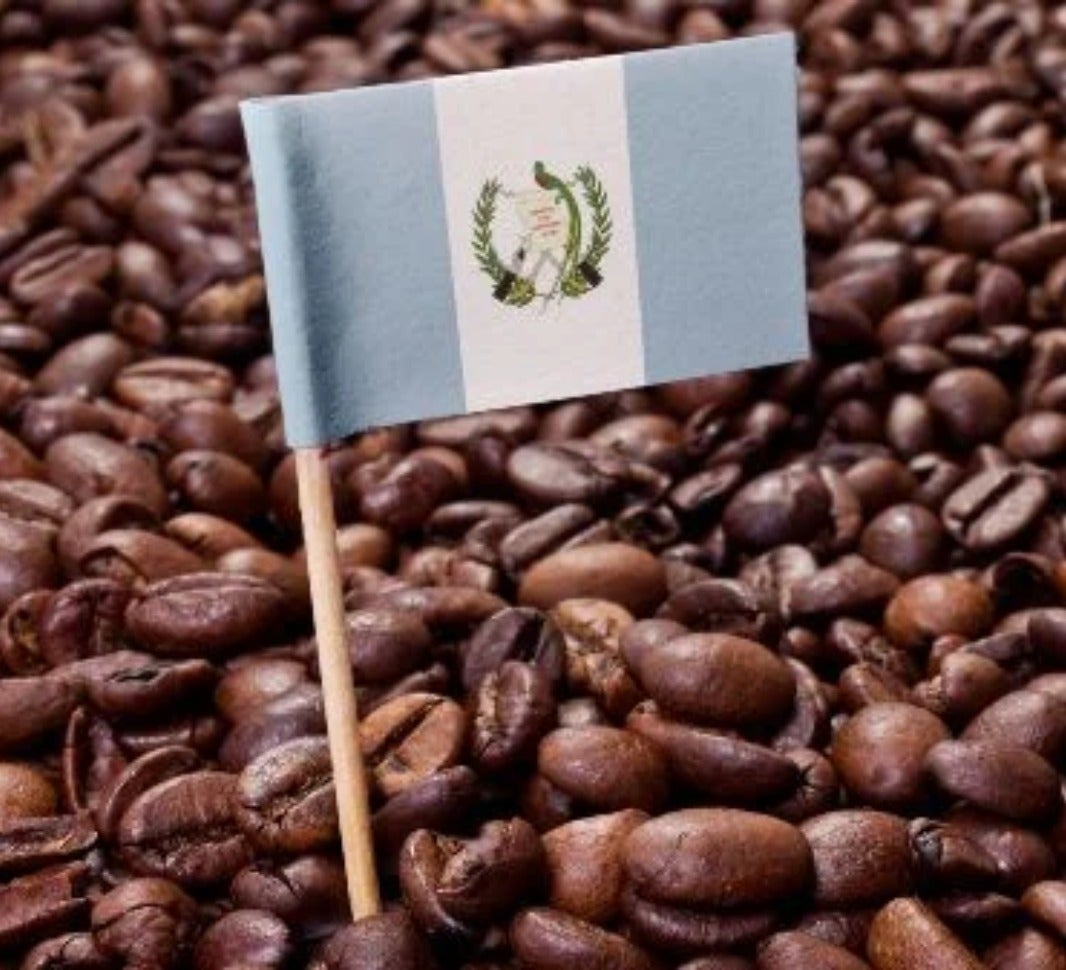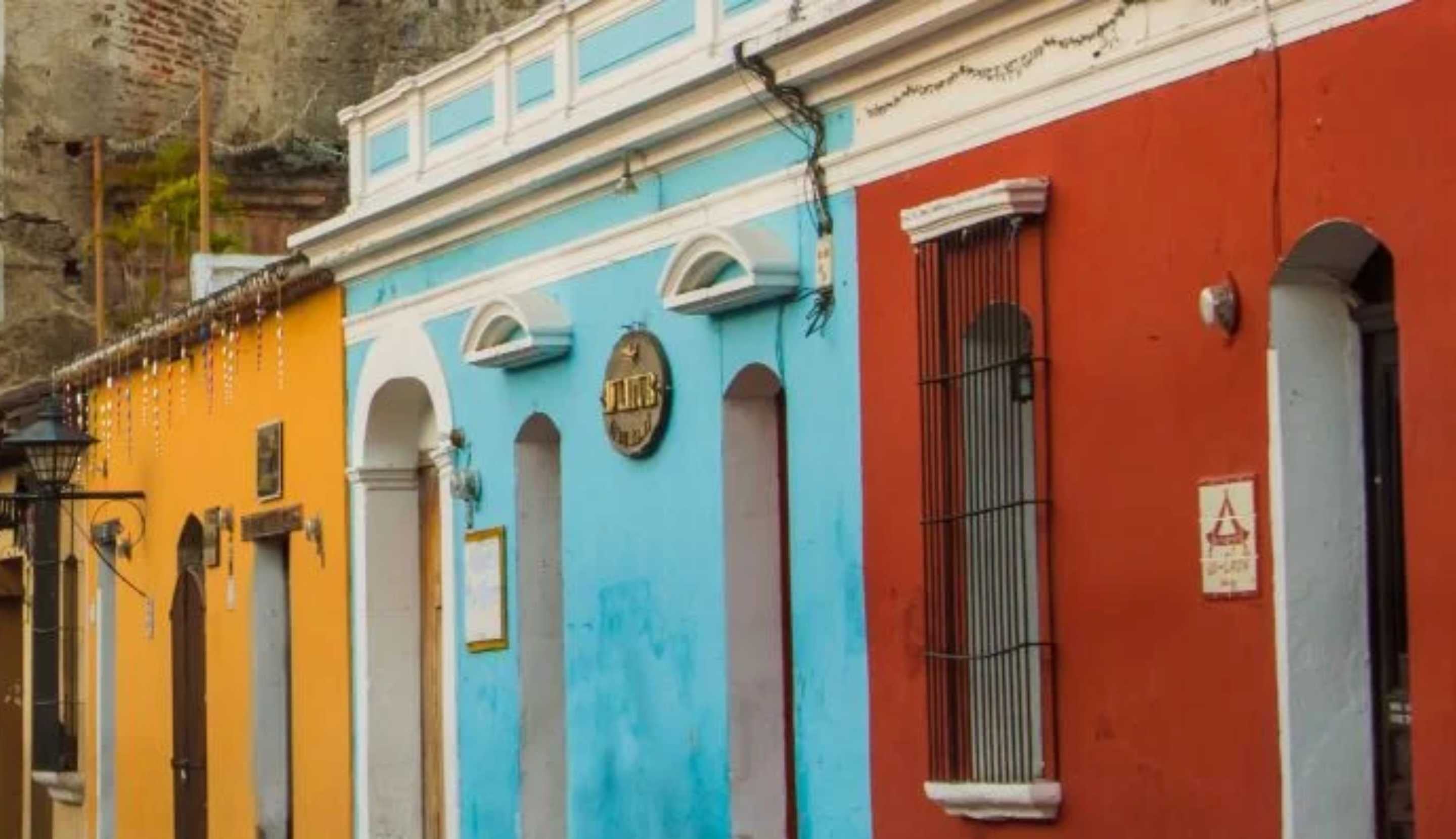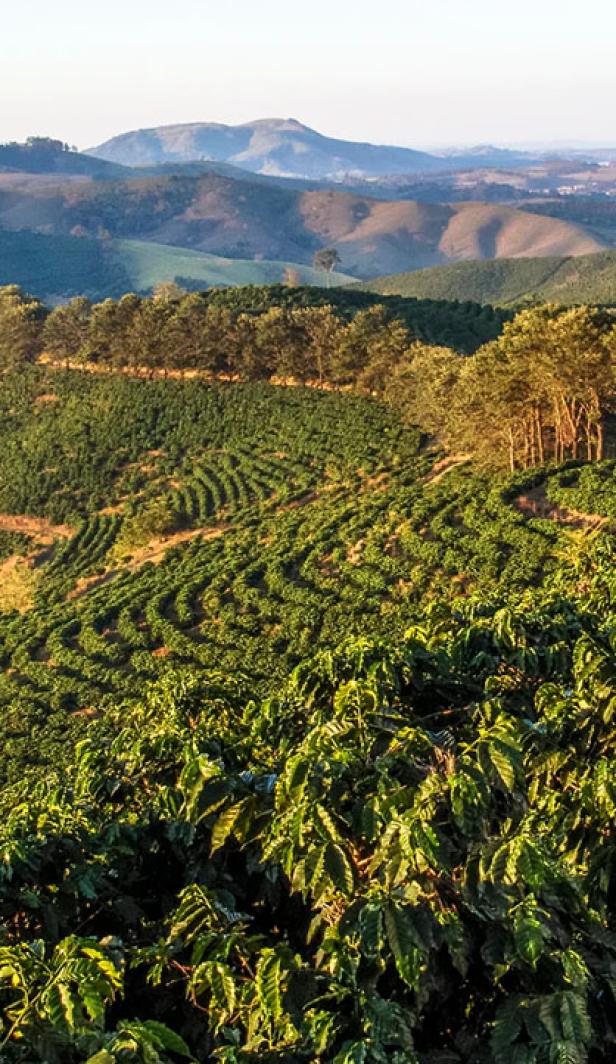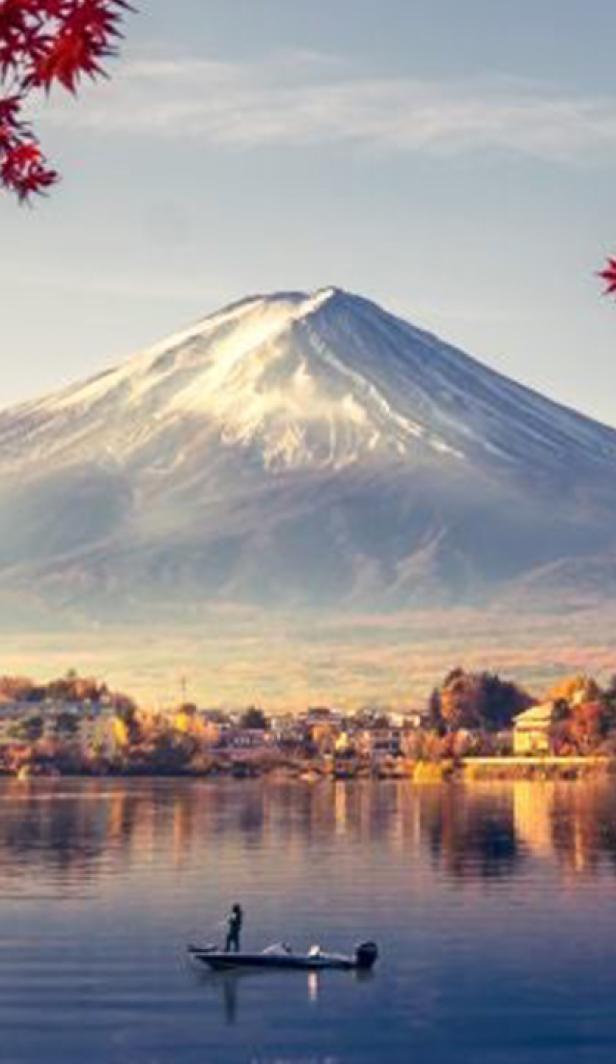History of Guatemalan coffee
Coffee was thought to first be brought to Guatemala by Jesuit missionaries, the exact timing of which is unclear, but coffee growing didn’t begin in the country until the 18th century, where they were firstly grown as ornamental plants.
In the mid-19th century, coffee became a very important crop which was due to the decline of the natural dye industry as a result of the success of synthetic products, so a new industry was needed to fuel the industry. In a bid to promote coffee, the latter half of the 19th century saw the Government create Guatemalan coffee-specific programs to stimulate the economy, including a huge land privatisation program from President Justo Rufino Barrias in 1871. This led to the creation of extremely large Guatemalan coffee estates, many of which are still active and producing coffee beans to this day.
This boom in the Guatemalan coffee industry saw coffee growers setting up their own union, Anacafé, in 1960. The union is still running today and is responsible for marketing, research, financially supporting new and existing farmers, as well as improving the lives of farmers living in rural areas.

Guatemalan coffee growing
Coffee is one of Guatemala’s main export products and accounts for around 40% of all agricultural export revenue. Plants are largely Typica and Bourbon varieties which are grown on mountainside fincas (farms) around 1,200 – 1,700 meters above sea level. There’s thought to be around 125,000 active coffee farmers in Guatemala alone, which is a lot for such a small country!

Guatemalan coffee beans are grown in seven main regions and each has very unique growing conditions and microclimates.
1. Guatemala Antigua coffee
One of the most popular growing areas is Antigua, which also so happens to be home to some of the oldest coffee estates in the country. Guatemala Antigua coffee is prized because of its complex flavour with a hint of cocoa, which can be attributed to the rich soil from the three volcanoes that surround the valley in which the beans are grown.
2. Rainforest Coban
Rainforest Coban with its humid and subtropical climate is a notable Guatemalan coffee growing area. The clay and limestone soil provides a fertile bed for plants to thrive, whereas the climate which is largely affected by the Atlantic Ocean provides warm, yet humid temperatures that coffee plants love.
3. Volcan San Marcos
Volcan San Marcos is the wettest and warmest growing region, which means that they’re usually the first to produce flowering coffee plants each year.
4. Nuevo Oriente
In the Nuevo Oriente region, the soil is clay and volcanic, so it’s incredibly rich and fertile for growing the perfect Guatemalan coffee beans. Coffee tends to be grown here at an elevation of between 4,300 – 5,500ft above sea level and the temperatures vary from between 18 – 25 degrees so the air is consistently warm and humid.
5. Atitlan
The Atitlan growing region surrounds Lake Atitlan and three volcanic mountains. Its close proximity to the Pacific Ocean coupled with its high elevation of between 4,000 – 5900ft above sea level means the area is relatively free from diseases and pests and sees a high humidity level of around 75%. The water from Lake Atitlan is also often used for wet processing the coffee from the area.
6. Fraijanes Plateau
Fraijanes Plateau surrounds Guatemala City and the volcanic soil, high altitudes and high rainfall is ideal for the growth of coffee. Additionally, it’s close to Pacaya, one of the most active volcanoes in Guatemala which erupts every so often and provides the soil with a mineral boost.
7. Highland Huehuetenango
Highland Huehuetenango is another one of the regions volcanic areas and the highest and driest coffee producing area. The region sees hot winds that blow from Mexico’s Tehuantepec plain, so the region is protected from frost which allows for Guatemalan coffee beans to be grown at extremely high altitudes of up to 6,500ft.
Guatemalan coffee processing
Wet processing tends to be the normal method in Guatemala coffee production which is due to the abundance of water in the country, allowing for mills to be placed virtually anywhere. The high humidity levels of the country also means that the dry process doesn’t tend to be that effective either, so wet process is the safer bet. This processing method is often preferred by many as it highlights the natural acidity and produces a cleaner taste.
Guatemalan coffee flavours
The flavours of Guatemalan coffee tend to be mid to full bodied with a rich chocolatey taste and an almost toffee-like aftertaste. Beans grown at higher elevations such as in the Huehuetenango region will often produce brighter flavour notes of berry, apple and citrus.

That’s our guide to Guatemalan coffee! Want to continue your adventure around the coffee hotspots of the world? Check out our article on Spanish coffee and its culture next.
Today’s community favourites




